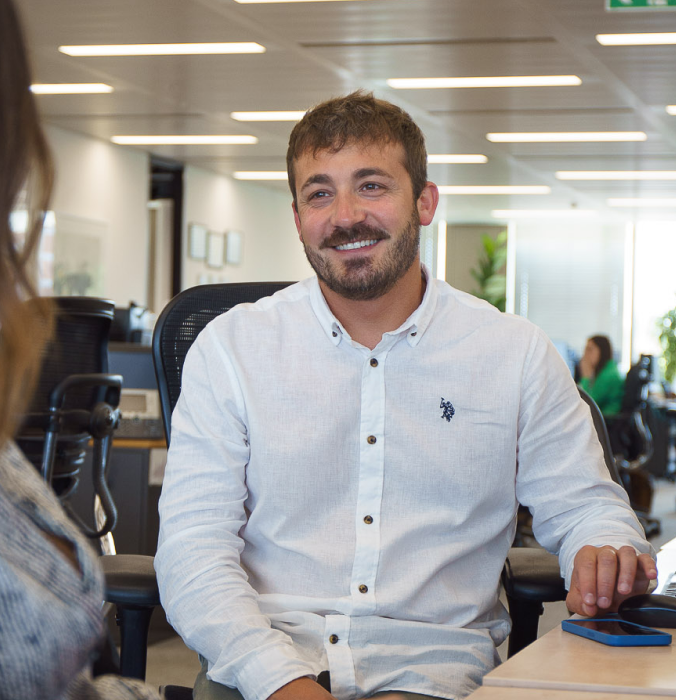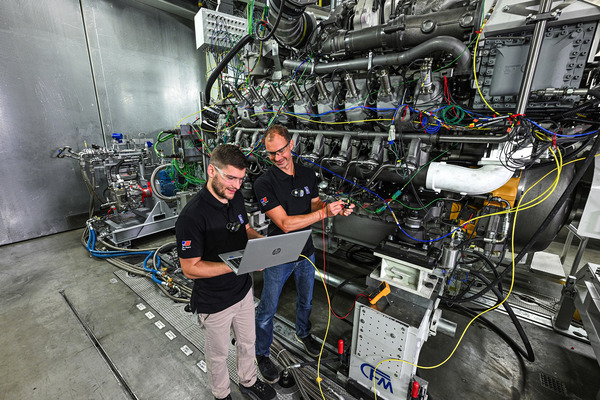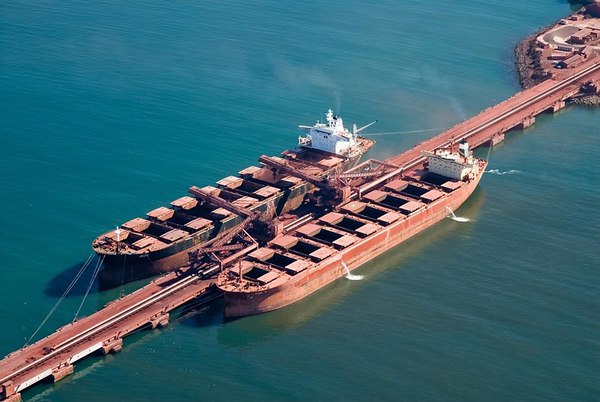The Week in Alt Fuels: The show goes on regardless of IMO support
A brisk week across alternative fuels saw fresh vessel orders, tech trials and corridor initiatives shaping what bunker buyers can expect next.
 IMAGE: Rolls-Royce testing its first pure methanol marine engine. Rolls-Royce
IMAGE: Rolls-Royce testing its first pure methanol marine engine. Rolls-Royce
Ship investment and capability building advanced on several fronts. Yang Ming ordered six methanol-ready container ships as it positions for lower-carbon options in its fleet mix. Tsuneishi Shipbuilding launched its second methanol-capable vessel, adding yard capacity for this fuel pathway.
Retrofit and operations readiness also moved forward. Everllence completed its first methanol engine retrofit, signalling a growing aftermarket for conversions alongside newbuilds. Bernhard Schulte began upskilling crew for methanol-fuelled vessels and is preparing them for to handle hazardous material to safety standards.
On the technology side, Rolls-Royce successfully tested a methanol-fuelled marine engine, adding another engine maker signal that supply chains should prepare for growing methanol demand from operators and yards.
A study indicated ammonia could power a South Africa–EU green corridor by 2029, mapping out a potential timeline for supply and vessel readiness on this long-haul route.In the fleet pipeline, Grimaldi added a third ammonia-ready vessel from China, continuing the trend of future-proofing designs while fuel and infrastructure build out.
Ammonia’s role as a hydrogen carrier also featured. Two Japanese companies will develop ammonia cracking technology for a hydrogen supply chain project, pointing to options for releasing hydrogen at destination and diversifying energy logistics.
Fleet dual-fuel capability continued to expand as Pacific International Lines (PIL) launched its fourth LNG dual-fuel container ship, reinforcing LNG’s role in near-term emissions reduction strategies. On the renewable side, Tallink used liquefied biomethane (LBM) to power Baltic ferries, and Titan supplied LBM at Portsmouth, showing practical LBM uptake in regional trades (link; link).
Public scrutiny remained sharp. The non-profit Opportunity Green criticised ads for LNG-powered cruises, highlighting how lifecycle claims and marketing around LNG remain under the spotlight for consumers and policymakers alike.
Supply access widened in the Mediterranean as Enilive has started offering biofuel supply at Genoa and Ravenna, giving bunker buyers additional options in key Italian ports. Demand signals came through first voyages, with a Thai carrier completing its first biofuel-powered voyage and GEFO Shipping bunkering biofuel for the first time, both pointing to growing trial-to-routine momentum.
Japanese firms ran successful marine hydrogen engine trials, adding experimental evidence on combustion performance and supporting the case for pilot deployments.
Two developments kept nuclear on the long-range radar. ABS and the Korean Research Institute will develop small modular reactors for ships, while HD KSOE’s nuclear-powered vessel concept received DNV approval, signalling continued class and R&D engagement with this option.
A broad coalition urged the EU to give greater backing to zero-carbon shipping technologies, amping up the pressure on regulatory ambition and support mechanisms. In Asia, Singapore and China and Singapore agreed to launch a national-level green shipping corridor, indicating coordinated efforts to align fuels, bunkering and standards along a high-volume route.
By Erik Hoffmann
Please get in touch with comments or additional info to news@engine.online

Contact our Experts
With 50+ traders in 12 offices around the world, our team is available 24/7 to support you in your energy procurement needs.




